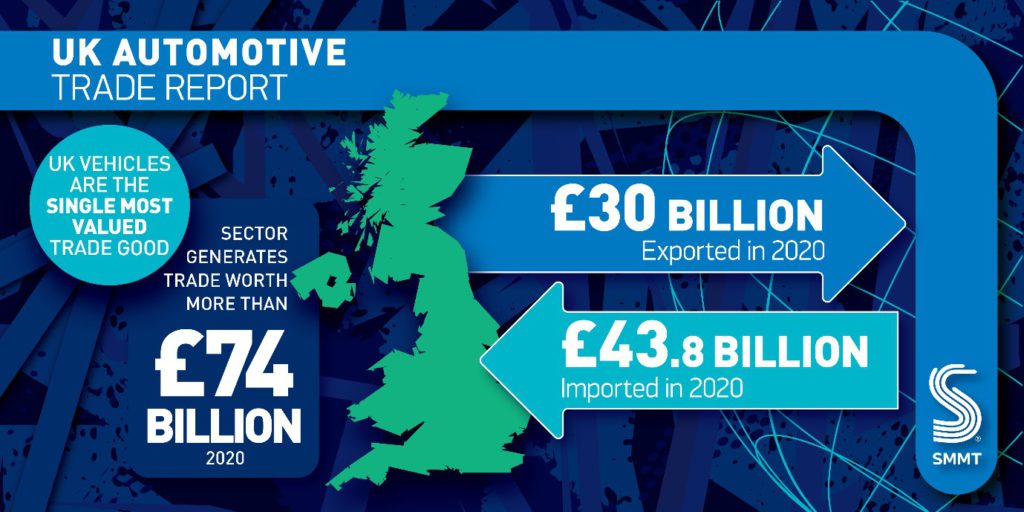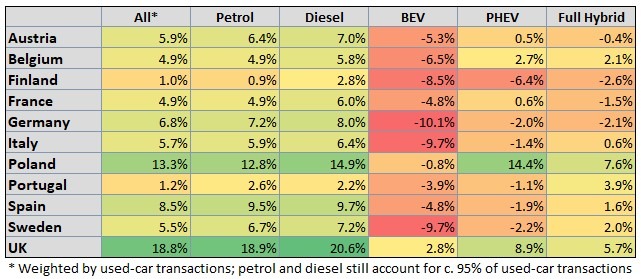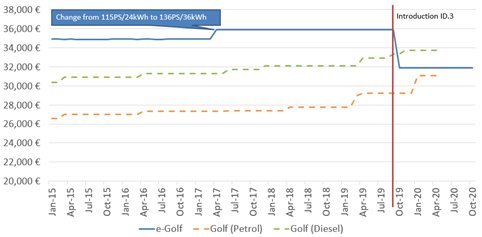Electrification is advancing at a much faster speed than many expected as more electric models enter the market, especially in Europe. This puts viable European charging infrastructure at the heart of the matter as the industry transitions to electrically-chargeable vehicles (EVs).
One company aiming to make the lives of EV drivers easier is Digital Charging Solutions (DCS), which announced that oil giant BP has become its third shareholder.
Convenient charging
DCS was founded in 2017, with its infrastructure solutions promising EV drivers easy access to around 300,000 charging points in 30 countries. Following the closing of a merger and acquisition transaction, BP now holds a 33.3% stake in the startup, the same as fellow shareholders BMW Group and Daimler Mobility.
The deal will see BP provide DCS customers access to 9,000 charging points across Europe, including rapid and ultra-fast chargers. This covers BP’s European charging network, such as Aral pulse in Germany and BP pulse in the UK.
The two companies plan to develop new integrated offers for fleets, including fuel and plug-in services. At the same time, BP aims to expand its global network of public EV-charging points to over 70,000 worldwide by 2030.
‘Our aim is to make charging as convenient as refuelling at the pump – fast, reliable and highly integrated with the vehicle operating system to provide a great customer experience,’ said Richard Bartlett, BP senior vice president, future mobility and solutions.
Pushing electrification
BP, Daimler and BMW are keen to push electrification forward and see DCS as an essential part in driving their strategies. The startup says it offers ‘unrivalled access’ to charging infrastructure, covering more than 85% in 29 European countries. DCS collaborates with high-volume manufacturers to integrate its charging solutions into the vehicles’ operating systems.
For consumers to accept the shift to EVs, a sufficient charging infrastructure is key. With DCS having strong brands such as BP, BMW and Daimler on board, the startup will benefit from an extensive European ultra-fast charging network and retail sites.
‘By forming this strategic collaboration with one of the biggest energy companies in the world, we will provide drivers with increasing access to a convenient and seamless charging ecosystem wherever and whenever they need it, contributing to the electric transformation of our society,’ said Gero Götzenberger, director for strategy and digital mobility solutions at Daimler Mobility.
DCS prides itself on focusing on digitised and customer-oriented services, hoping to make charging as easy as possible. But it also takes into consideration the future of mobility, which is increasingly steering towards autonomous driving. Hence the company also aims to serve the demand for fully-integrated charging services of autonomous cars with valuable data quality.
BP, meanwhile, is growing its global charging businesses and is keen to invest in startups that focus on electrification. Last month, the energy major made its first direct investment in India by leading a $25 million (€21 million) series A funding round in an integrated EV ride-hailing and charging company called BluSmart. It has also recently invested €10 million in ryd, a European in-car digital-payment provider.


 Close
Close







